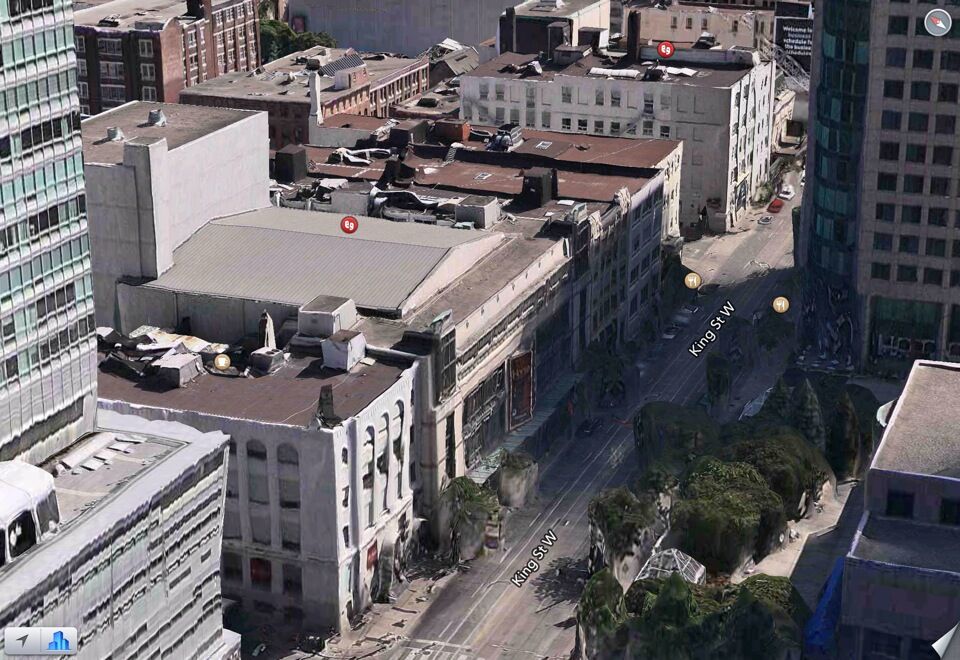Grimace
Active Member
These so-called heritage warehouse buildings in question are actually holding back this stretch of King. They were not designed or built to perform the kind of street front engagement that is required. That's why the most interesting thing on that stretch is a Tim Hortons you have to access via stairs. They would have to be altered so much to become usable that any "heritage" value would be compromised. So what's the point?
This block of King needs to build on the momentum of first rate venues that are the reason we call this the Entertainment District....RTH, Royal Alex, the many big events that take place in the square across the street, TIFF, Restaurant Row.
I agree with this and it is something that has been raised before but which those who support retaining these buildings haven't addressed. If the point of preservation is to preserve buildings for the sake of it, fine. But if the goal is to preserve them because they are good for the area, I would say these buildings do not relate well to the area. Yes, they are warehouses, but they interact poorly with King, and create a complete deadzone on John, which is supposed to be revitalized as a feature street. I think threats to restaurant row, even though they are not restaurants I frequent, are concerning. But these buildings do not animate the Entertainment District at all. Outside of POW, the most interesting part (I would say) is not Tims but Dentsu, a Japanese ad and public relations firm.
